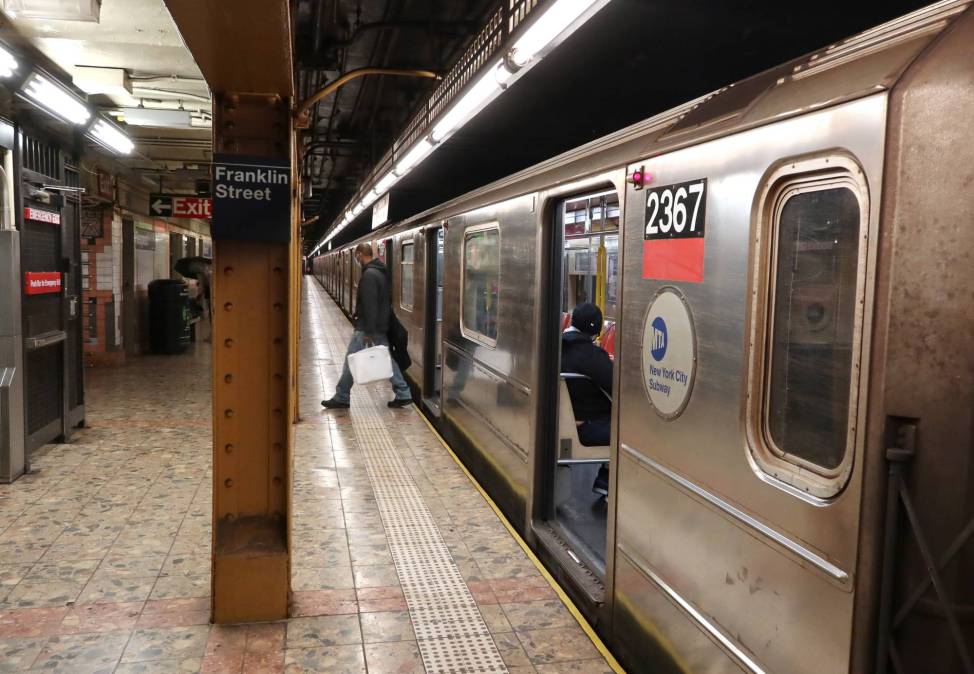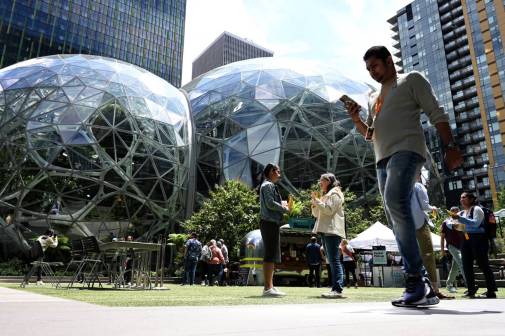NYC using AI to track subway fare evasion, report claims

Seven undisclosed subway stations in New York City are now equipped with some type of artificial intelligence to track fare evasion, according a May report from the city’s transportation authority.
The fare evasion report, which claims subway fare evasion cost the city $285 million in 2022, said that the Metropolitan Transit Authority plans to expand the new technology to another two dozen subway stations by the end of 2023.
The city’s use of the new tools was first reported last week by NBC News.
The report, which is light on details of how the new system works, claims to use AI and “computer technology” to compare the number of paid fares with the actual number of riders. At stations where the new system is used, the evasion rate was measured at about 16%, the report said.
The transportation authority also said its new AI system provides more precise data on when and where fare evasion is occurring, as it operates at all times.
“The MTA thus will develop – for the first time – a much increased ability to pinpoint evasion spikes by station, by day of week, and by time of day,” the report read. “This in turn will support data-driven experiments with new enforcement strategies. With the technology providing reliable ‘before’ and ‘after’ evasion counts, it will be increasingly possible to test new approaches in search of what really works.”
When asked by email for more information about the AI system, such as whether it relies on video cameras or sensors, an MTA spokesperson replied: “The MTA uses this tool to quantify the amount of fare evasion without identifying fare evaders.”
Fare evasion has been rise over the last few years, according to the report: Before the pandemic, evasion rates ranged from 3% to 6% of daily ridership, and on an average weekday, about 400,000 riders of the 3.4 million on average on weekdays do not pay the fare.
Along with expanding its use of AI, the MTA said in the report that modernizing the subway arrays — which includes turnstiles, exit gates and other physical barriers to entering the subway — “is the single most important thing the MTA can do to reduce fare evasion in the subway, saving hundreds of millions of dollars over time.”
More than half of all subway evasion consists of people walking in through the emergency exit gates at the entrance of the subway, with jumping or climbing over the turnstile accounting for about 20% of fare evasion, the report said. “Back-cocking” the turnstile — pulling the tri-wheel back and slipping through the gap — makes up another 16% of fare evasion, and ducking under the turnstile accounts for about 12% of fare evasions.
The new technology arrives after the MTA Board earlier this month announced it will increase subway and bus fares from $2.75 to $2.90, effective Aug. 20.






